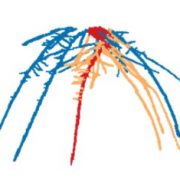
Three-dimensional time-lapse analysis of maize root system archictecture (Plant Cell)
Plant Science Research WeeklyRoot system architecture (RSA) profoundly affects plant nutritent uptake and response to drought, and is also famously extremely developmental plastic, which makes it difficult to identify genes that control root growth traits. Here, Jiang et al. analyzed 3D growth patterns over time of three maize lines…
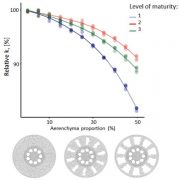
GRANAR, a new computational tool to better understand the functional importance of root anatomy (bioRxiv)
Plant Science Research WeeklyUptake of water by plants depends on root conductivity, which in turn is determined by hydraulic properties of individual cells and cell anatomy. Quantification of radial root anatomy is a time-consuming process, limiting our understanding of root anatomical features contributing to water uptake. Heymans…
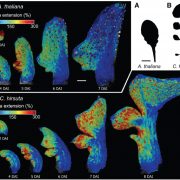
A growth-based framework for leaf shape development and diversity (Cell)
Plant Science Research WeeklyThe leaf shape is one of the features defining the diversity in the plant kingdom. However, it is still not understood how action of individual genes is linked to this morphological diversity. Kierzkowski et al. developed an imaging protocol to study the leaf primodium development to understand the cellular…
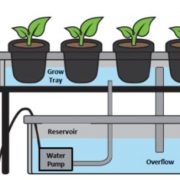
A diversity of traits contributes to salinity tolerance of wild Galapagos tomatoes seedlings (bioRxiv)
Plant Science Research WeeklyDomestication has been accompanied by a decrease in genetic diversity, so efforts to improve stress tolerance can be aided by exploring the crop’s wild relatives. Here, Pailles et al. examined salt tolerance in Galapagos tomatoes (Solanum cheesmaniae and Solanum galapagense), which grow “constantly…
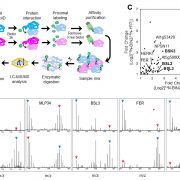
Application of TurboID-mediated proximity labeling for mapping a GSK3 Kinase signaling network in Arabidopsis (bioRxiv)
Plant Science Research WeeklyIn this preprint Kim et al., have provided an optimized method for determining protein-protein interaction in plants using TurboID-mediated labelling. TurboID is an engineered promiscuous biotin ligase that marks proteins it comes in contact with. Identification of interacting partners of a protein…
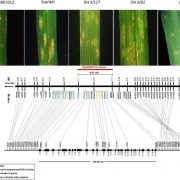
High resolution mapping of RphMBR1012 conferring resistance to Puccinia hordei in barley (Front Plant Sci)
Plant Science Research WeeklyBarley leaf rust (Puccinia hordei) is a biotrophic fungus, in which mutations cause newly virulent races (pathothypes) with severe effects on cultivars. Marker-assisted Selection for Rph (Resistance to P. hordei) genes has been studied to provide sustainable control of this disease. Fazlikhani et al.…
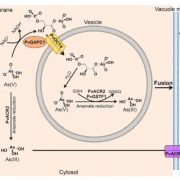
A simple arsenic detoxification strategy in the fern Pteris vittata ($) (Curr Biol)
Plant Science Research WeeklyArsenic contamination is a growing human health threat. The fern Pteris vittata demonstrates a remarkable capacity to accumulate and sequester high levels of the toxic heavy metal arsenic from contaminated environments. Cai et al. used an ‘omics’-guided approach to identify and characterize the molecular…

Plant Science Research Weekly: May 31st
WWR Full PostReview: Integration of sulfate assimilation with C and N metabolism in transition from C3 to C4 photosynthesis
“Cysteine (HO2CCH(NH2)CH2SH) synthesis is the converging point of the three major pathways of primary metabolism: carbon, nitrate, and sulfate assimilation.” These metabolic connections…

Roles of the clock in controlling starch metabolism
Plant Physiology, Plant Physiology: News and Views, ResearchAuthor: Masanori Izumi
Affiliation: Frontier Research Institute for Interdisciplinary Sciences, Tohoku University, Sendai 980–8578, Japan
Plants are photoautotrophs that grow via photosynthetic energy production. Under irradiation, chloroplasts in the plant’s green tissues convert light energy…

